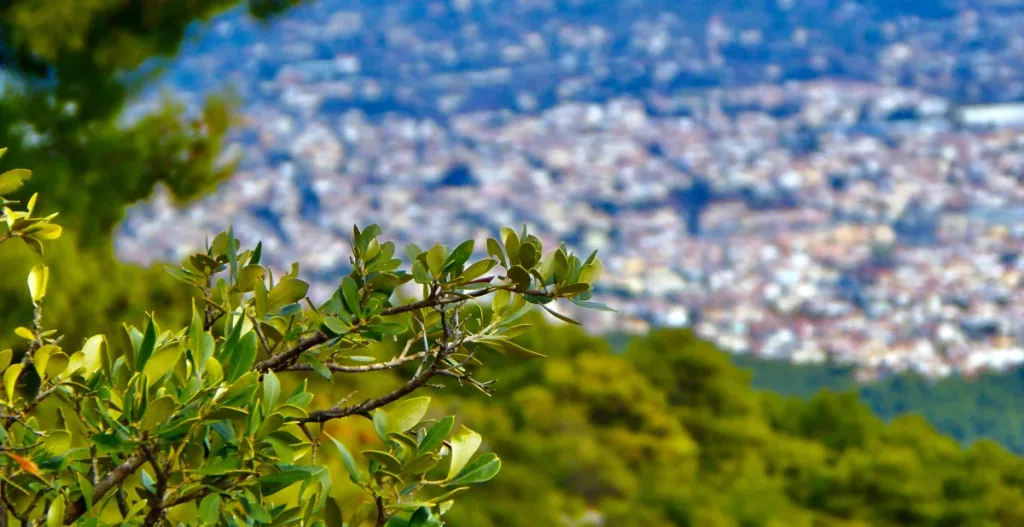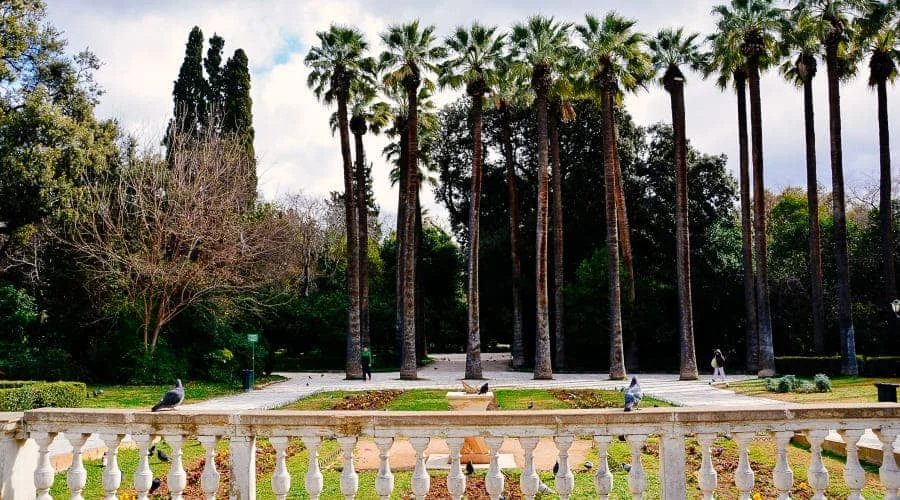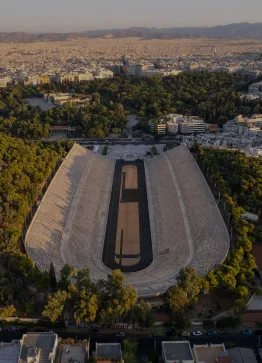National Garden of Athens

About the National Garden of Athens
Nestled in the heart of Athens, the National Garden stands as a serene oasis amidst the bustling city. Established in the mid-19th century under the guidance of Queen Amalia, this lush green sanctuary offers respite from the urban hustle and bustle.
A place of refuge for botany enthusiasts, the 38-acre garden is decorated with a varied collection of vegetation. Strolling along its winding paths, you’ll encounter a harmonious blend of Mediterranean and exotic plants, serene ponds, and shaded groves. Notable among these are the majestic Washingtonia palm trees that grace the central entrance on Amalia Street, and eucalypts and casuarinas from Australia, plant species from South America, Central American pseudo-peppers, and other exotic specimens. It’s a haven for birdwatchers, as numerous species call the garden home.
Moreover, the National Garden’s historical plantings, dating back to its inception, lend a unique charm and connect the past with the present. Iconic examples include the towering pines, stately cypresses, elegant yuccas, sycamores, and wisterias that grace the landscape. A notable feature is the small lake where visitors can watch graceful ducks and swans, adding to the garden’s serene ambiance. The presence of the Hellenic Navy’s historic warship “Hellas” at its entrance adds a touch of maritime heritage to this urban Eden.
Adjacent to Syntagma Square, the National Garden of Athens is a convenient and refreshing stop for locals and tourists alike. Whether you seek a tranquil moment in nature, a leisurely walk, or a picturesque spot for a picnic, the National Garden of Athens welcomes all to explore its serene landscapes and be captivated by its timeless charm. Anyone visiting the sights in Athens must stop here.
History of the National Garden of Athens
The National Garden of Athens, known as the “Ethnikos Kipos” in Greek, has a rich history that dates back to the mid-19th century. It was commissioned by Queen Amalia, the first queen consort of Greece, and was designed as part of the urban planning initiatives of the newly established Greek capital.
The garden was designed as a project to enhance Athens’s beauty and offer a lush retreat in the middle of the busy metropolis. Queen Amalia was inspired by the gardens of the Royal Palace in Munich, and she aimed to create a similar haven in Athens.
In 1838, the German agronomist Friedrich von Gaertner was tasked with designing the garden, and it was laid out on the grounds of the Royal Palace (now the Hellenic Parliament) and the adjacent Old Palace, which no longer exists. The garden was officially inaugurated in 1840.
The National Garden has experienced several restorations and adjustments throughout the years, yet it has never lost its core qualities as a lush and peaceful area in the heart of Athens. It is still a beloved public park today, giving locals and tourists alike a chance to get away from the city’s bustle, appreciate nature, and discover its historical and botanical riches.

Tips for your visit
- Opening Hours: Check the garden’s opening hours to plan your visit accordingly. Remember that it closes during the evening hours.
- Diverse Flora: The garden boasts diverse flora, including both native Mediterranean species and exotic plants. Marvel at the majestic Washingtonia palm trees and other unique botanical specimens.
- Wildlife Observation: Keep an eye out for the various birds, turtles, and other wildlife that call the garden home. Birdwatching can be particularly rewarding.
- Water Features: The garden’s extensive water features, including ponds and fountains, create a soothing atmosphere. Enjoy the calming presence of water as you explore the lush greenery.
- Relaxation: The garden offers numerous benches and shaded spots, perfect for relaxation and taking in the surroundings.
- Picnic: Consider packing a picnic and enjoy a relaxing meal in one of the designated picnic areas.
- Free Admission: Entrance to the National Garden is free of charge, making it an affordable and accessible attraction for all visitors.
- Respect Nature: While exploring this natural haven, be mindful of the environment and wildlife. Avoid feeding the animals and help preserve the garden’s beauty for future generations.
- Hellenic Navy Bandstand: If you’re lucky, you might catch a performance by the Hellenic Navy Band at the central bandstand. Check for event schedules.
- Central location: The National Garden of Athens is conveniently located adjacent to Syntagma Square, making it easily accessible from various parts of Athens landmarks.

How to arrive
Getting to the National Garden of Athens is convenient due to its central location in the city. You can reach the garden by various means of transportation:
By Metro: The Athens Metro is one of the easiest ways to access the National Garden. Take Line 2 (the red line) and get off at the “Syntagma” station. The garden is just a short walk from there.
By Bus: Athens has an extensive bus network. Several bus lines pass near the National Garden, including lines 022, 025, 026, 027, 209, 230, and more.
By Tram: The Athens Tram system also provides access to the garden. Take the tram to the “Syntagma” stop, and you’ll be within walking distance.
Walking: If you’re staying in the city center, the National Garden may be within walking distance, depending on your location. It’s a pleasant walk if you have the time and prefer to explore on foot.







